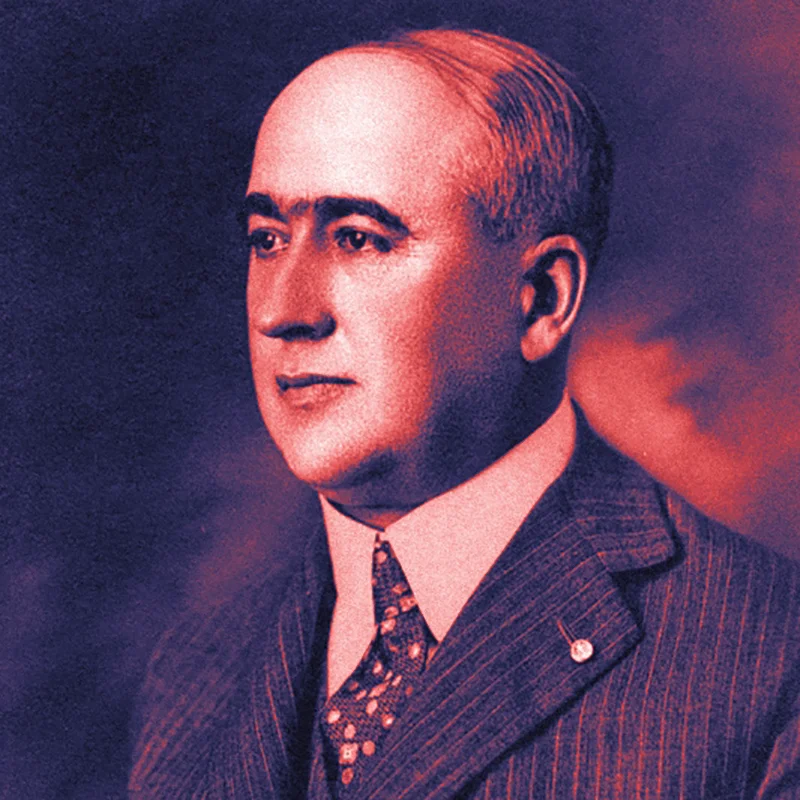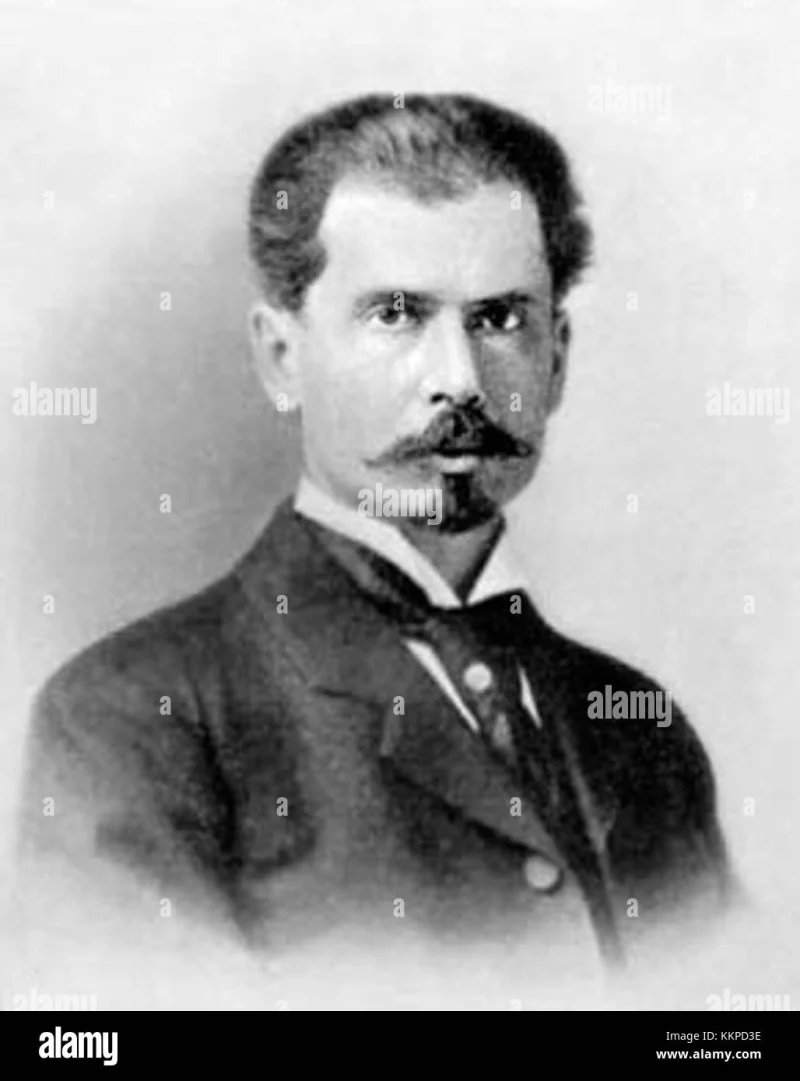Short Summary
Paul Dirac was a pioneering theoretical physicist whose work in quantum mechanics and quantum electrodynamics earned him widespread acclaim. Born in 1902, he became one of the most significant figures in 20th-century physics, known for his contributions to the development of quantum theory and for predicting the existence of antimatter. His contributions to science were recognized with the Nobel Prize in Physics in 1933, which he shared with Erwin Schrödinger. Dirac's work has had a lasting impact on the field of physics, cementing his reputation as one of the great minds of his time.
Early Life & Education
Paul Dirac was born on August 8, 1902, in Bristol, England, to Charles Adrien Ladislas Dirac, a Swiss-born teacher, and Florence Hannah Holten, an Englishwoman. His father was a strict disciplinarian, and Dirac was known to have a challenging relationship with him. Despite this, Dirac excelled in academics from a young age. He attended the University of Bristol, where he studied electrical engineering before moving to mathematics. Later, he pursued his studies at St John's College, Cambridge, where he was introduced to the emerging field of quantum mechanics, which significantly influenced his future work.
Career Highlights
Dirac's career took off in the late 1920s when he formulated the Dirac Equation, which combined quantum mechanics and special relativity to describe the behavior of electrons. This breakthrough led to the prediction of antimatter, a concept that was later experimentally confirmed. He held a professorship at Cambridge University, contributing significantly to quantum mechanics, quantum field theory, and statistical mechanics. Dirac's textbook, "The Principles of Quantum Mechanics," became a seminal work in the field. His collaboration with other notable physicists, including Niels Bohr and Werner Heisenberg, further solidified his position as a leading figure in theoretical physics.
Major Achievements
- Developed the Dirac Equation, unifying quantum mechanics and special relativity.
- Predicted the existence of antimatter, later confirmed with the discovery of the positron.
- Won the Nobel Prize in Physics in 1933 for his contributions to quantum mechanics.
- Authored "The Principles of Quantum Mechanics," a foundational textbook in the field.
Famous Quotes
- "In science one tries to tell people, in such a way as to be understood by everyone, something that no one ever knew before."
- "The measure of greatness in a scientific idea is the extent to which it stimulates thought and opens up new lines of research."
Interesting Facts
- Dirac was known for his taciturn nature and was nicknamed "The Silent Genius."
- He married Margit Wigner, the sister of fellow physicist Eugene Wigner.
- Dirac's work laid the foundation for the development of quantum field theory.
- He served as Lucasian Professor of Mathematics at Cambridge, a position once held by Isaac Newton.
Legacy / Influence
Paul Dirac's contributions to theoretical physics have left an indelible mark on the field. His work on the Dirac Equation and the prediction of antimatter revolutionized our understanding of the subatomic world. The concepts he introduced continue to influence modern physics, particularly in the development of quantum field theory and particle physics. Dirac's legacy endures as a testament to his profound impact on the scientific community.
FAQ
Q: Why is Paul Dirac famous?
A: He is famous for his groundbreaking contributions to quantum mechanics and for predicting the existence of antimatter.
Q: What major award did Dirac receive?
A: He received the Nobel Prize in Physics in 1933.
Q: What was Dirac's most significant theoretical contribution?
A: The Dirac Equation, which unified quantum mechanics and special relativity.
Q: Where did Dirac serve as a professor?
A: He served as the Lucasian Professor of Mathematics at Cambridge University.












